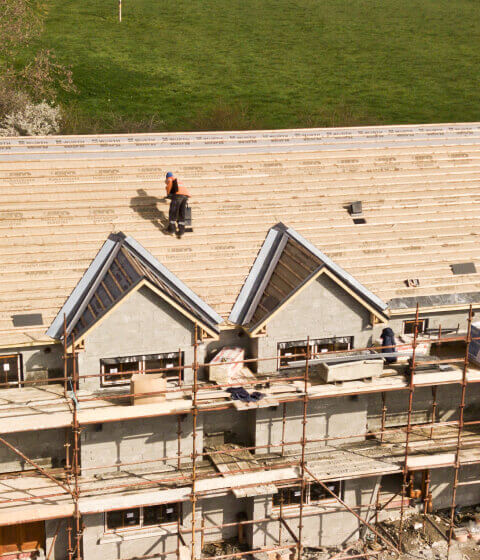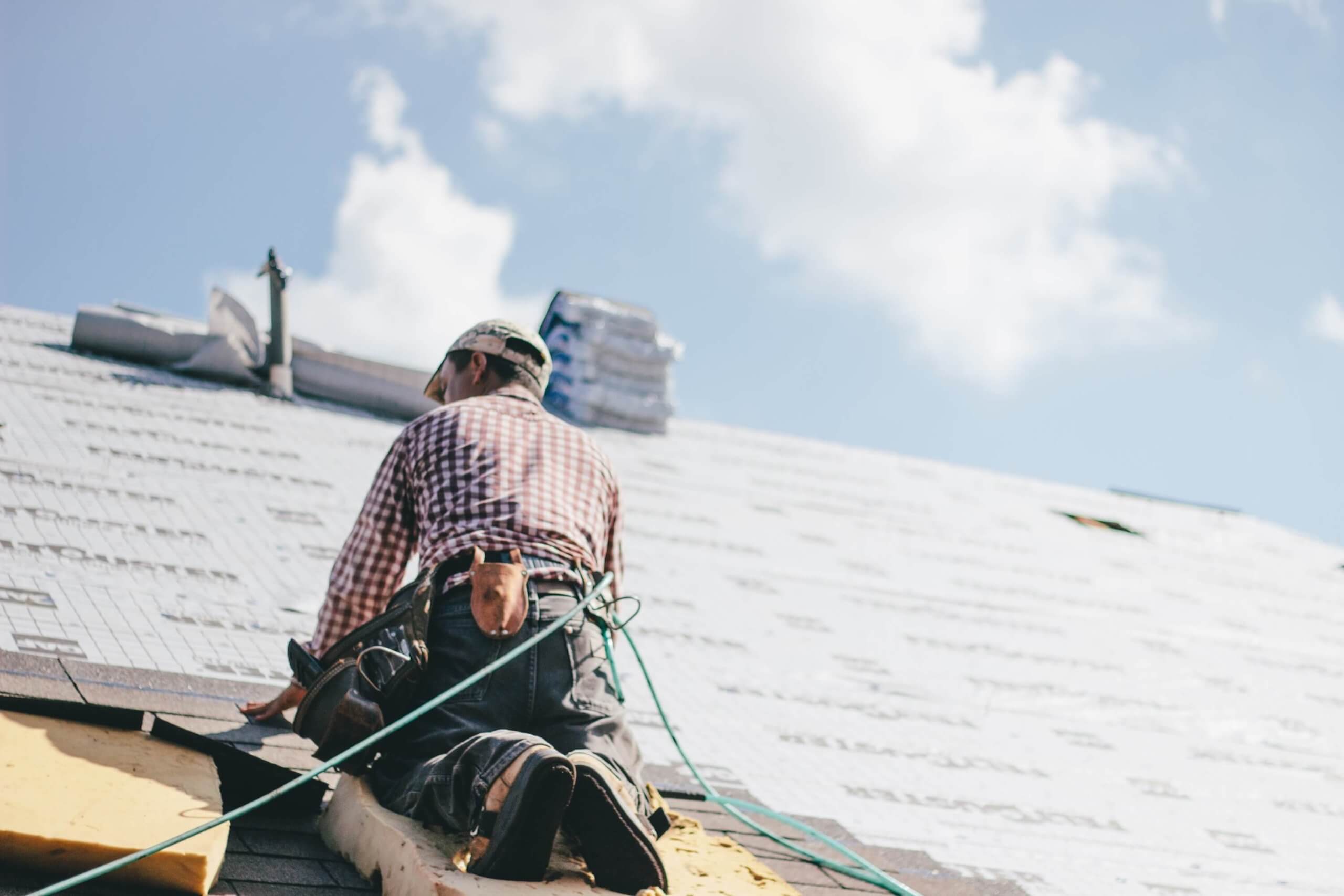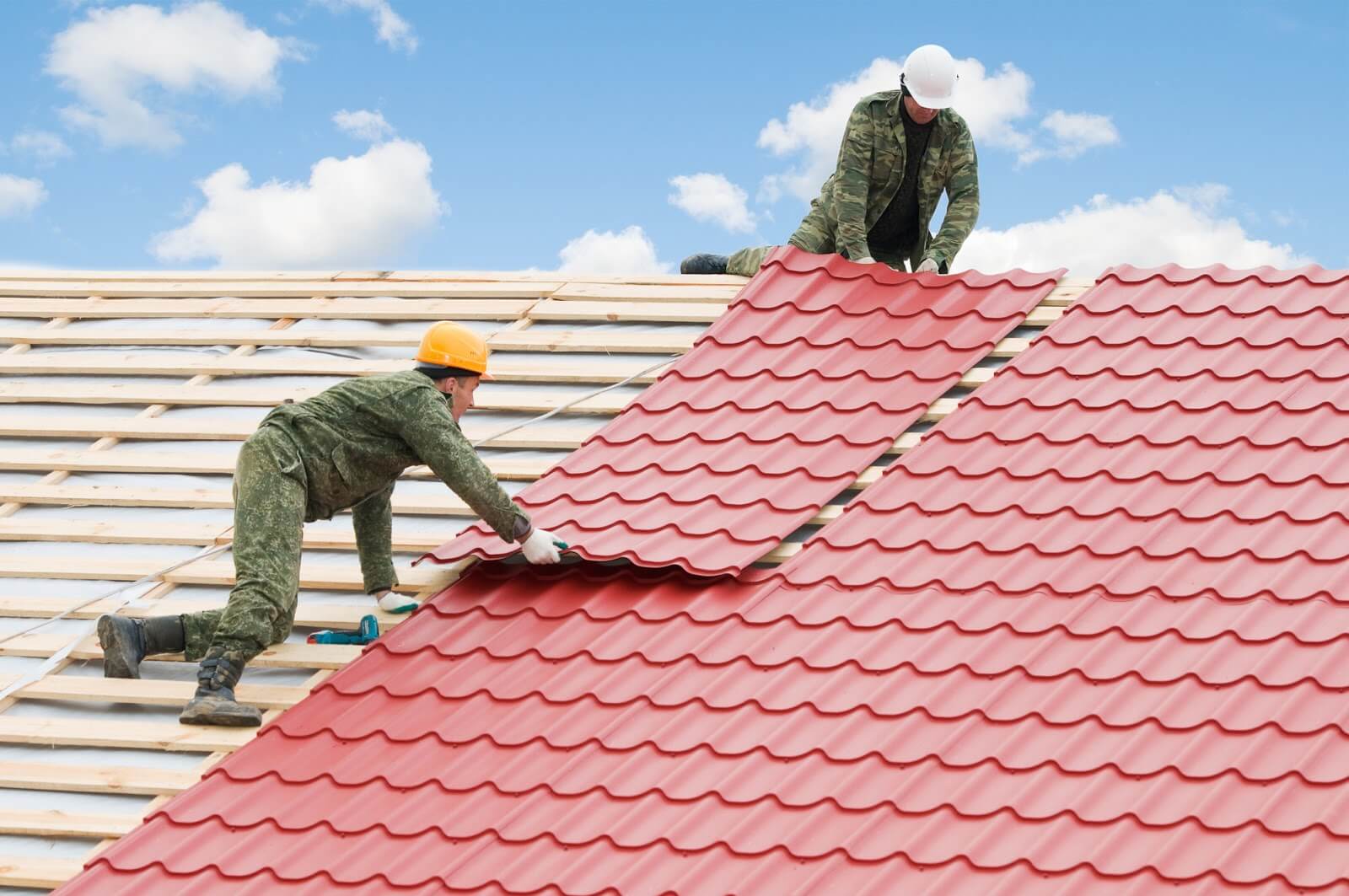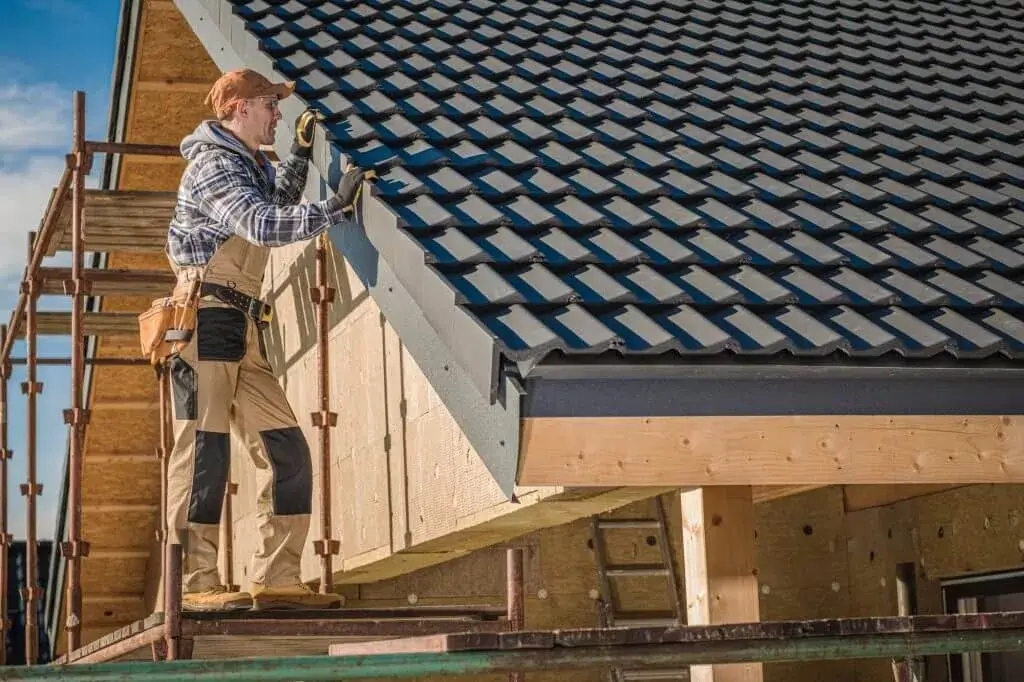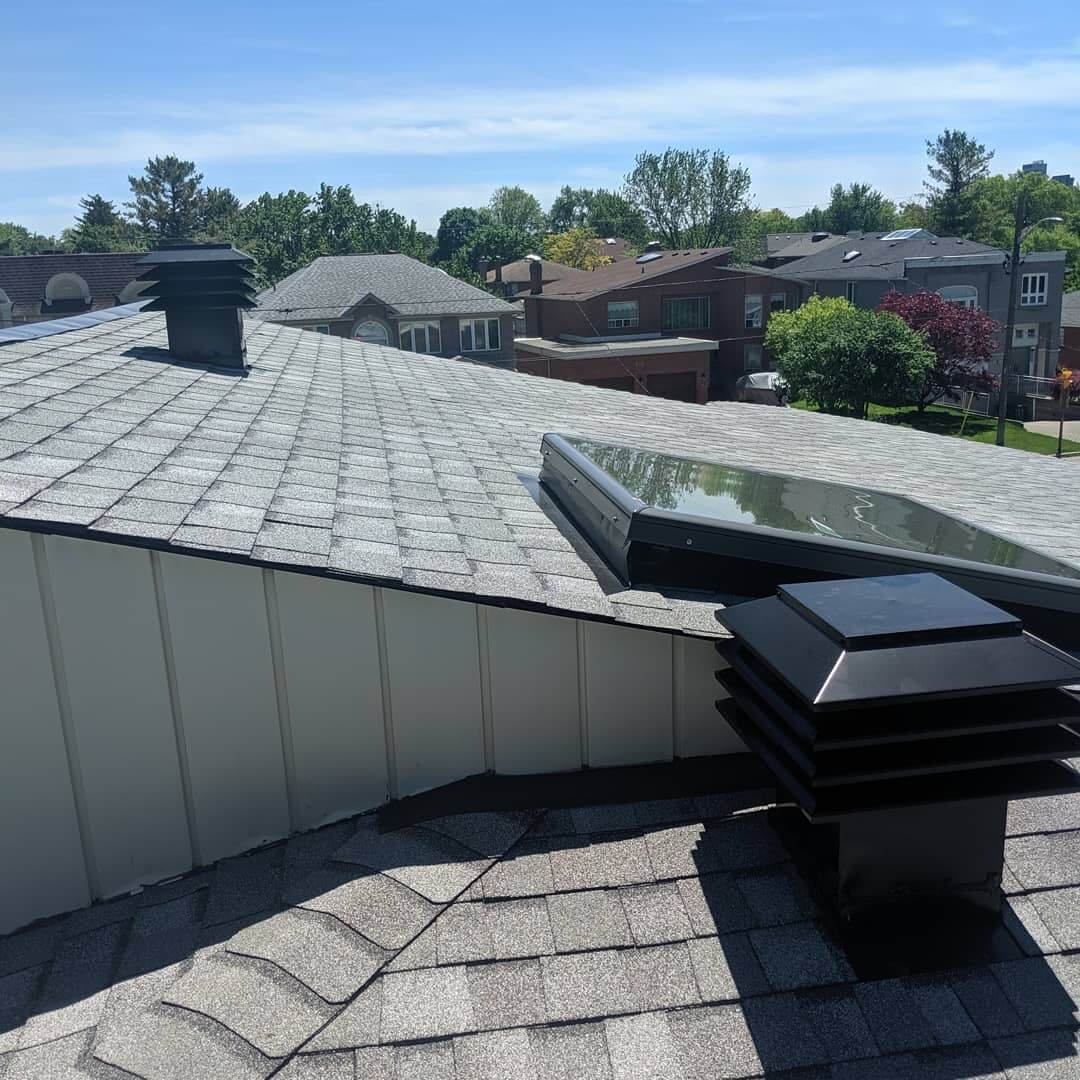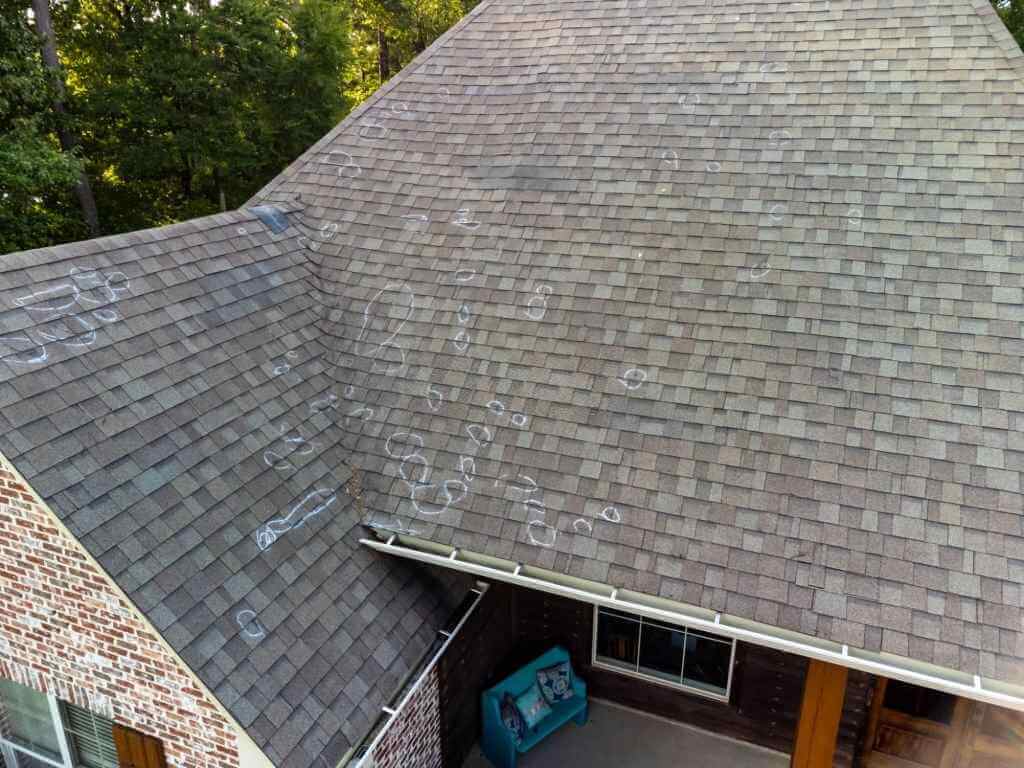Choosing the right roofing materials comes down to several factors. Depending on where you live, the local climate, the weight, and the cost of the materials can influence the performance and how long they last. Your roof is an essential part of keeping your home safe from the weather and ensuring it sustains its structural integrity on your property.
In this detailed guide, we’ll review the importance of choosing the right roofing materials, factors to consider, and an overview of common roofing materials such as asphalt, metal, and slate. Whether you’re building a new house or replacing an old roof, this blog will give you useful information to help you make an informed decision.
Understanding Your Roofing Needs
What is the best type of roofing material? It’s essential to look at your area’s climate and weather conditions before choosing roofing materials. Weather conditions such as rain, snow, wind, and UV exposure are crucial to consider when it comes to the longevity of your roof.
Additionally, the style of your home’s architecture is essential in choosing the right roofing materials. The roof should fit in with the rest of the design and add to the look of your home. Choose materials that complement your home’s structure by considering its colour, angles, and overall style.
When choosing roofing materials, it’s important to set a budget. Find out what your budget limits are and look into choices that fit with your financial goals. Also, consider the long-term investment since some materials may need more upkeep or have higher upfront costs but last longer and are more durable.
Common Roofing Materials
There are several roofing materials available. However, here is an overview of some the best roofing materials:
Asphalt Shingles
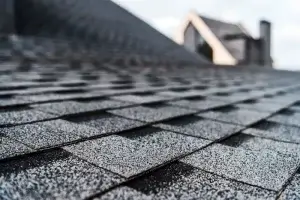 Asphalt shingles are the most common roofing material used in homebuilding. As one of the best materials for roofing, their popularity is due to their low cost, adaptability, and ease of installation. Asphalt shingles are made from fibreglass coated with asphalt and granules and come in various colours to complement various architectural designs. These shingles are well-known for their durability and ability to endure various weather situations, making them an excellent choice for homeowners.
Asphalt shingles are the most common roofing material used in homebuilding. As one of the best materials for roofing, their popularity is due to their low cost, adaptability, and ease of installation. Asphalt shingles are made from fibreglass coated with asphalt and granules and come in various colours to complement various architectural designs. These shingles are well-known for their durability and ability to endure various weather situations, making them an excellent choice for homeowners.
Asphalt shingles are inexpensive, making them a good choice for households on a tight budget. The material is lightweight, simplifying installation and roof structure stress. They last 20–30 years, depending on quality and maintenance. However, hail and high winds can harm them more than other materials.
Two main types of asphalt shingles are three-tab shingles and architectural shingles. Three-tab shingles are the cheapest and flat, with three tabs on each strip. Architectural shingles are more weather-resistant and mimic slate or wood roofing.
Metal Roofing
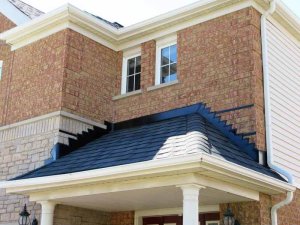
Metal roofs’ lifespan is up to 40 to 70 years or more, much beyond the lifespan of many other roofing materials. They are particularly resistant to weather elements such as rain, wind, snow, and hail, due to their durability. Metal roofs are also very fire resistant, making them a safe alternative for homeowners.
Metal roofing materials include steel, aluminum, and copper. Steel is the most popular material due to its cost and strength. Aluminum is lightweight, corrosion-resistant, and suitable for coastal locations. Copper, noted for its unique appearance, is highly durable and embodies a patina over time.
Metal roofs reflect heat, reducing heat transfer to the home and improving energy efficiency. Thus, minimizes air conditioner costs, especially in hotter climates. Metal roofing materials are environmentally friendly since they are often constructed from recyclable materials and can be recycled after use.
Slate Roofing
Slate roofing is the most durable roofing material, known for its modernity and endurance. Slate roofs are made of natural stone and can last for over a century if properly built and maintained. The distinct texture, colours, and patterns of slate tiles give an elegant, sophisticated look that adds to a home’s overall visual appeal. 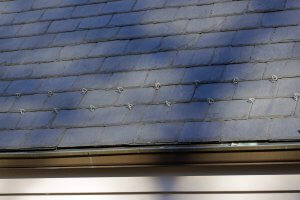
Slate roofing resists fire and mold and can survive strong winds and heavy rains. However, it’s essential for professional installation as the roofing’s weight and construction require specific construction techniques. For example, the roof framework must support and withstand the weight of slate tiles.
Slate roofing is low-maintenance, but it needs regular inspections and repairs to last. Keeping leaves and branches off the roof prevents water pooling and damage. Properly maintained slate roofs last decades.
Factors to Consider When Choosing Roofing Materials
The best type of roofing material comes down to your needs and preferences. Several factors to consider to choose the right roofing material include:
Durability and Longevity
- Asphalt shingles: These popular shingles have a lifespan of about 15-20 years, although architectural asphalt shingles can last 20-30 years or more with good maintenance.
- Slate roofing: This durable material is well-known for its extreme resilience and longevity. It is a natural stone material that can last a century or more if properly installed and maintained.
- Metal roofing: This sturdy material, which includes alternatives such as steel, aluminum, and copper, is known for its durability. Metal roofs can endure 40-70 years or more, depending on the material and quality.
Energy Efficiency and Environmental Impact
Different roofing materials provide varying levels of energy efficiency, resulting in environmental impact. Consider the following factors:
- Reflectivity and Insulation: Insulation prevents heat flow between a building’s interior and outside, improving energy efficiency. For example, metal roofs can be insulated for optimal energy efficiency.
- Green Roofing Options and Sustainability: Green roofing systems minimize the impact of urban heat, insulation, and storms to improve a building’s structure’s sustainability.
- Energy Bills and Environmental Impact: Roof materials can affect energy bills. Metal roofs and reflective asphalt shingles deflect solar heat away from buildings, lowering cooling expenses and reducing energy use and environmental impact. Alternative roofing materials are made from recycled materials, minimizing their carbon footprint.
Aesthetics and Architectural Compatibility
Different roofing materials have different looks that can boost your home’s value and curb appeal. Here are some essential design factors to consider:
- Match Roofing Materials to Aesthetic: Each style of architecture has roofing materials that are usually used with it. For example, asphalt shingles are often used in residential homes, while slate or tile roofs are popular in Mediterranean or Spanish-style homes.
- Colour Options and Visual Appeal: To choose a roofing material that improves your home’s aesthetics, consider the colour scheme. Remember that lighter-coloured roofs often reflect sunlight and can aid in keeping the structure cooler.
Cost and Budget Considerations
Roofing material cost and budget are crucial. It’s important to consider installation expenses and long-term costs. Installation costs vary by the roofing material. For example, asphalt shingles are cheaper than slate or metal roofing but may last less or need more maintenance, increasing long-term expenses.
Long-term considerations that affect costs include durability, maintenance, and longevity, as some materials last longer and require less maintenance than others. Moreover, quality and price must be balanced. To stay within budget, consider the material’s value and longevity.
Local Building Codes and Regulations
Researching your local rules and regulations, including building codes, is crucial before choosing your roofing material. Consider the following factors:
- Researching Local Requirements: Building codes vary by location, governing roofing materials, construction procedures, and fire safety. To ensure your roofing material meets local regulations, research these criteria.
- Fire and Safety Standards: Local rules may require roofing materials to fulfill fire resistance ratings. Make sure your material is certified and fulfills local safety regulations.
- Permits and Inspections: Local rules may require permits and inspections for your roofing project. To avoid delays, learn the permitting process and arrange inspections.
FAQ
1. What are the most popular roofing materials in 2023?
Asphalt shingles will still be the most popular roofing material in 2023 due to their low cost, flexibility, and ease of installation. Metal roofing is also becoming more common because it is long-lasting and saves energy.
2. Which roofing materials are best for a hot climate?
In hot climates, the best covering materials are ones that reflect light well and keep the heat out. Metal roofs, especially ones with reflective coatings, are good choices because they can deflect heat from the sun and reduce the need for air conditioning.
3. Are there roofing materials that can withstand extreme weather conditions?
Some roofing materials, like metal and slate, are known for being able to hold up in harsh weather. These materials are long-lasting and can withstand wind, snow, and UV light, so they are good for places with rough weather.
4. What is the average lifespan of different roofing materials?
Different roofing materials have different average lives. Asphalt shingles usually last between 15 and 30 years, while metal roofs can last anywhere from 40 to 70 years or more. Slate roofing can last more than a century with proper installation and upkeep.
5. Can I install a metal roof over the existing shingles?
Yes, it is often possible to put a metal roof over shingles that are already there. It’s important to talk to a skilled roofer to find out how bad the old roof is, make sure it’s installed right, and deal with any problems that might come up.
Conclusion
From the discussed roofing material options, you can make an informed choice of material for roofing by considering the longevity, energy efficiency, aesthetics, cost and local restrictions. Selecting a material that serves your needs and enhances your home in terms of sustainability, longevity, and aesthetics is essential. If you need help selecting a choice, it’s a good idea to consult a roofing expert, like Above All Roofing, for professionalized service.
Contact Above All Roofing today for a quote for your next roofing project.

